
The Ultimate Guide to Building an Eco-Friendly Arch Greenhouse for Sustainable Gardening
The growing interest in sustainable gardening practices has led to a significant rise in eco-friendly structures such as the Arch Greenhouse. According to a report by the World Greenhouse Association, the global market for greenhouse gardening is projected to reach $36 billion by 2025, driven by increasing awareness of food security and environmental sustainability. Arch Greenhouses, with their unique design that maximizes sunlight exposure and minimizes material usage, offer an ideal solution for both novice and experienced gardeners looking to reduce their carbon footprint.
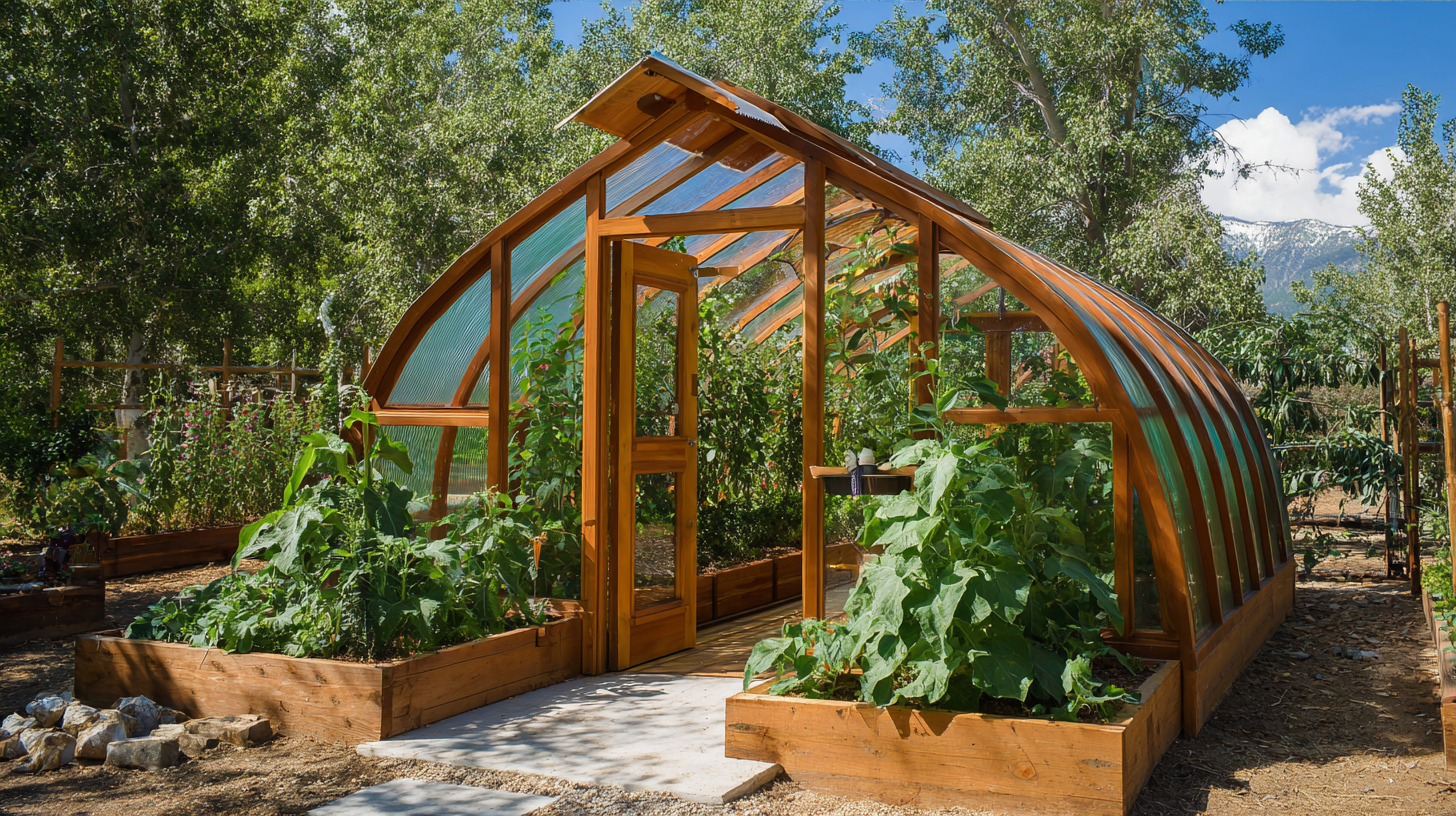
Furthermore, studies show that utilizing eco-friendly materials in greenhouse construction can lower energy consumption by up to 30%, making Arch Greenhouses not only a smart choice for today’s gardeners but also a vital step towards a more sustainable future.
As we delve into the ultimate guide for building these innovative structures, we will explore the essential components, materials, and techniques that can help you create a thriving garden while benefiting the planet.
The Importance of Choosing Sustainable Materials for Your Eco-Friendly Arch Greenhouse
When embarking on the journey of constructing an eco-friendly arch greenhouse, the selection of sustainable materials is paramount. Using renewable resources such as bamboo or reclaimed wood not only reduces the environmental impact but also enhances the aesthetic appeal of the structure. These materials are often more durable and can withstand the elements, making them ideal for any climate. By prioritizing sustainability, gardeners can contribute to a healthier ecosystem while enjoying the benefits of home-grown produce.
Moreover, incorporating recyclable and biodegradable components into your greenhouse design furthers the commitment to eco-friendliness. For instance, opting for recycled aluminum frames instead of traditional steel can minimize energy consumption and reduce waste. Additionally, using biodegradable plastics for coverings can help in maintaining optimal temperature regulation while ensuring that the materials do not linger in landfills for decades. By choosing sustainable options, you not only create a functional gardening space but also set a powerful example of environmental stewardship within your community.
Incorporating Renewable Energy Solutions in Your Greenhouse Design
Incorporating renewable energy solutions in greenhouse design significantly enhances sustainability and operational efficiency. Leveraging semi-transparent photovoltaic systems not only improves energy autonomy but also optimizes crop growth, making it essential for modern eco-friendly arch greenhouses. Research indicates that effective energy management is critical in greenhouse operations, with studies highlighting the benefits of integrating battery storage systems alongside renewable energy sources to ensure continuous energy supply. This approach not only reduces greenhouse gas emissions but also aligns with global sustainability goals for 2030-2040.
Furthermore, the integration of renewable energy technologies such as solar and biomass in multi-generation systems showcases the potential for enhanced energy efficiency. A systematic review suggests that hybridization of these energy sources can address critical gaps in sustainability while providing a reliable power infrastructure. Advanced control and optimization strategies for energy storage can help in managing the food-energy-water nexus effectively, ensuring that greenhouse farming systems not only meet current demands but are also resilient to future challenges.
Effective Water Conservation Techniques for Sustainable Gardening Practices
Effective water conservation is crucial for sustainable gardening practices, especially as climate change and water scarcity become pressing issues. According to a report by the Environmental Protection Agency (EPA), indoor and outdoor watering can account for nearly 30% of residential water use in the United States, with much of this lost to evaporation or runoff. Implementing effective water conservation techniques can not only reduce water consumption but also promote healthier plants and ecosystems.
One effective method is rainwater harvesting, where homeowners can collect and store rainwater from rooftops for irrigation use. A study from the University of California, Davis, shows that using rainwater can reduce household water consumption by up to 50%, making it a sustainable alternative for garden watering. Additionally, utilizing drip irrigation systems can significantly enhance water efficiency. According to the Irrigation Association, drip systems can save up to 90% of water compared to traditional sprinkler systems by delivering water directly to the plant's root zone.
Furthermore, mulching is another technique that helps in conserving soil moisture. A report by the USDA Natural Resources Conservation Service suggests that applying a layer of organic mulch can reduce soil moisture evaporation and suppress weeds, which compete for water resources. Collectively, these techniques not only contribute to sustainable gardening by conserving valuable water resources but also enhance the overall productivity of gardens, creating a more resilient ecosystem for future generations.
Water Conservation Techniques in Eco-Friendly Gardening
Maximizing Space: Vertical Gardening and Companion Planting Strategies
Creating a thriving eco-friendly arch greenhouse involves not just the structure itself, but also smart gardening strategies that maximize space and resource use. Vertical gardening is an excellent way to utilize limited ground space while also promoting air circulation and accessibility. By opting for vertical planters, trellises, or wall-mounted systems, you can grow a variety of plants, from herbs to vegetables, upwards. This approach not only increases your yield but also makes caring for your plants easier.
Tip: Choose lightweight pots or containers that are easy to maneuver and reposition. Incorporate sturdy climbing plants such as peas or cucumbers to create a beautiful, green wall, and consider using repurposed materials to make your vertical garden projects more sustainable.
Companion planting is another effective method for maximizing space and enhancing plant health. Certain plants, when grown together, can deter pests, improve growth, and boost flavors. For instance, planting basil near tomatoes can enhance the tomatoes’ growth while repelling harmful insects. By carefully selecting plants that complement each other, you can create a more productive greenhouse environment.
Tip: Research companion planting pairs that work well together in your climate zone. Experiment with different combinations to find which ones thrive in your arch greenhouse, leading to bountiful harvests.
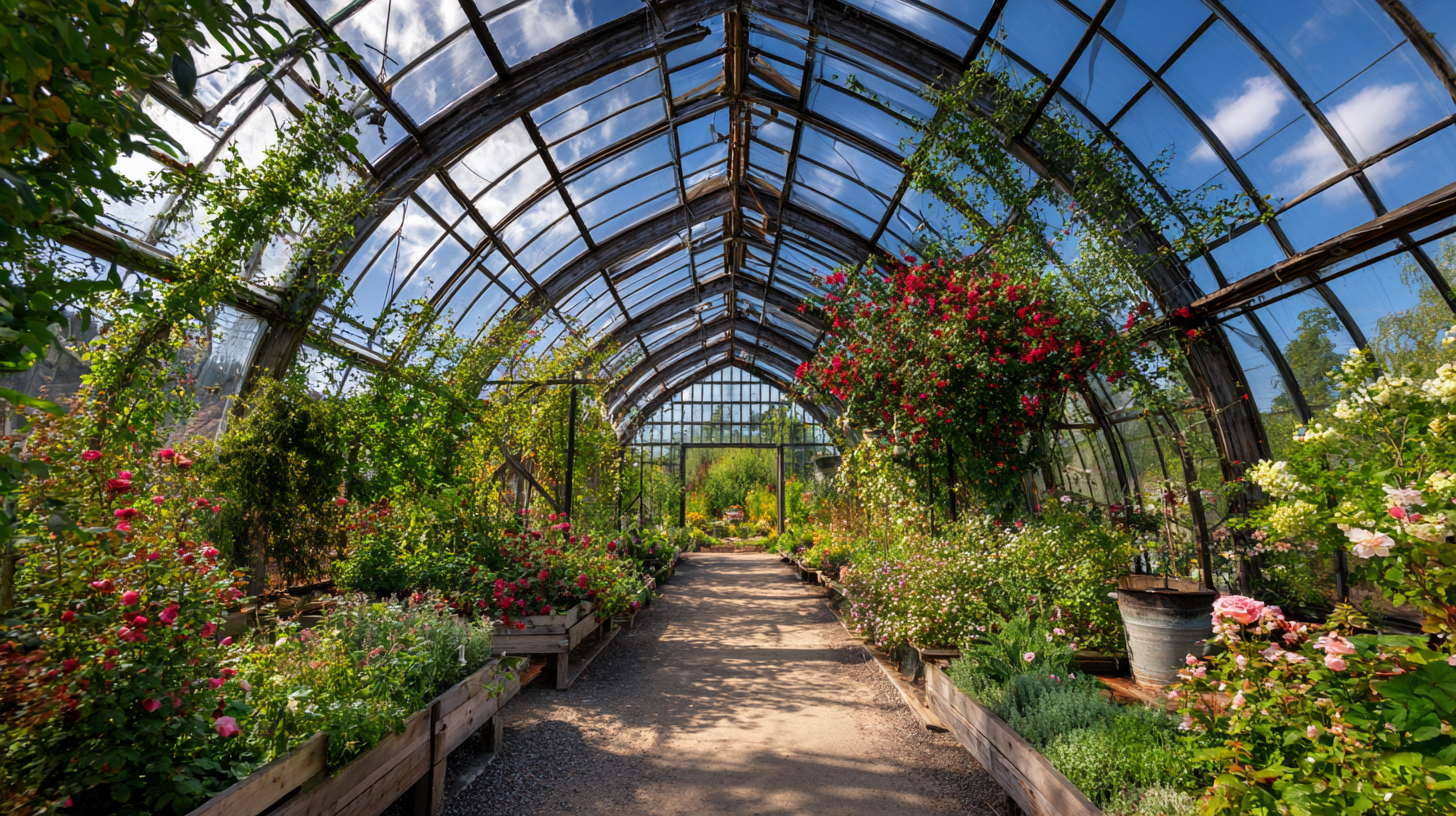
Understanding the Environmental Impact of Traditional vs. Eco-Friendly Greenhouses
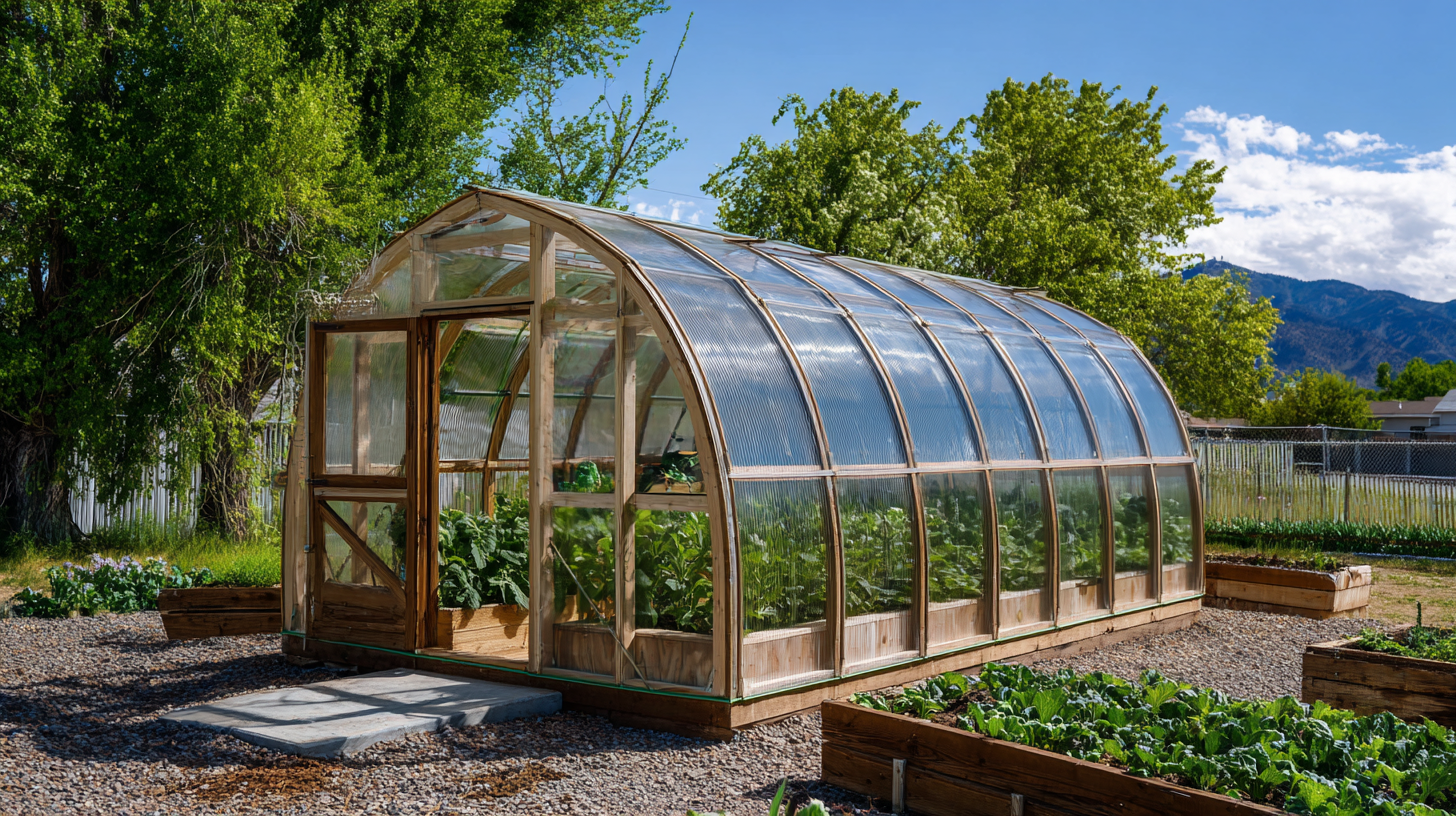 The environmental impact of traditional greenhouses can be significant, primarily due to their reliance on non-renewable resources and energy-intensive heating systems. Conventional structures often use materials like aluminum and glass that require substantial energy for production and are not biodegradable, contributing to landfill waste. Furthermore, traditional greenhouses may operate with fossil fuel heating systems that emit greenhouse gases, exacerbating climate change and undermining the sustainability goals of gardening enthusiasts.
The environmental impact of traditional greenhouses can be significant, primarily due to their reliance on non-renewable resources and energy-intensive heating systems. Conventional structures often use materials like aluminum and glass that require substantial energy for production and are not biodegradable, contributing to landfill waste. Furthermore, traditional greenhouses may operate with fossil fuel heating systems that emit greenhouse gases, exacerbating climate change and undermining the sustainability goals of gardening enthusiasts.
In contrast, eco-friendly greenhouses utilize sustainable materials and energy-efficient technologies that minimize their ecological footprint. Structures made of recycled or rapidly renewable materials, such as bamboo or reclaimed wood, reduce the demand for new resources. Additionally, eco-friendly models often incorporate passive solar design, which harnesses natural sunlight for heating and lighting, thereby significantly reducing energy consumption. By integrating rainwater collection and composting systems, these greenhouses not only conserve water but also promote a regenerative gardening approach, enhancing soil health and reducing waste. By choosing eco-friendly options, gardeners can positively contribute to the environment while enjoying a vibrant, productive garden space.
Related Posts
-
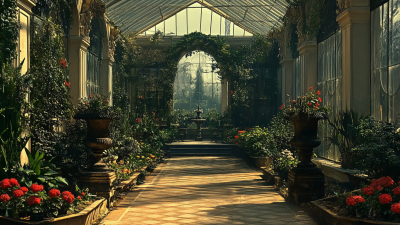
2025 Innovations in Multi-Span Greenhouses: How to Optimize Your Agriculture Strategy
-
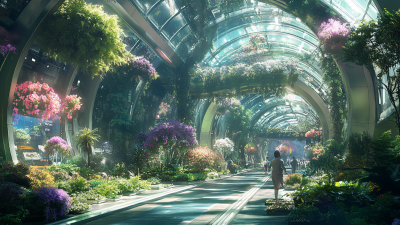
Explore the Future of Hydroponic Greenhouses at the Upcoming Canton Fair 2025
-
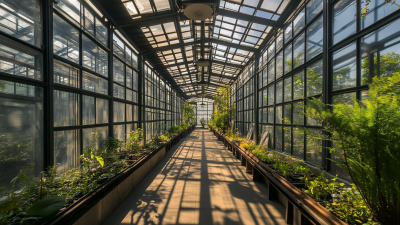
China's Manufacturing Resilience in the Face of US-China Tariff Challenges for Best Industrial Greenhouses
-
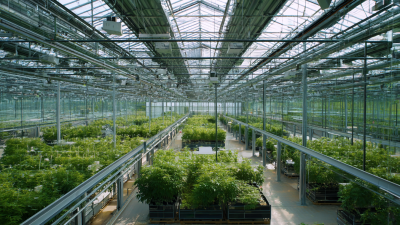
Navigating the Challenges of Best Commercial Greenhouse Production Standards
-
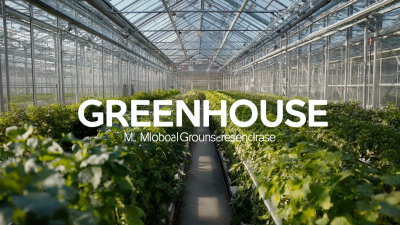
Global Buyers Discover Premium Multi-Span Greenhouses from Top Chinese Manufacturers
-
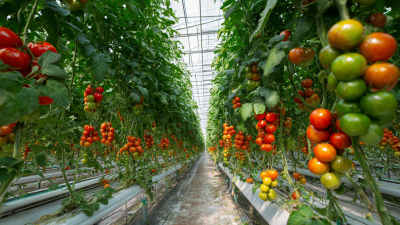
Global Market Insights on Best Vegetable Greenhouse Trends for 2025 with Real World Examples
